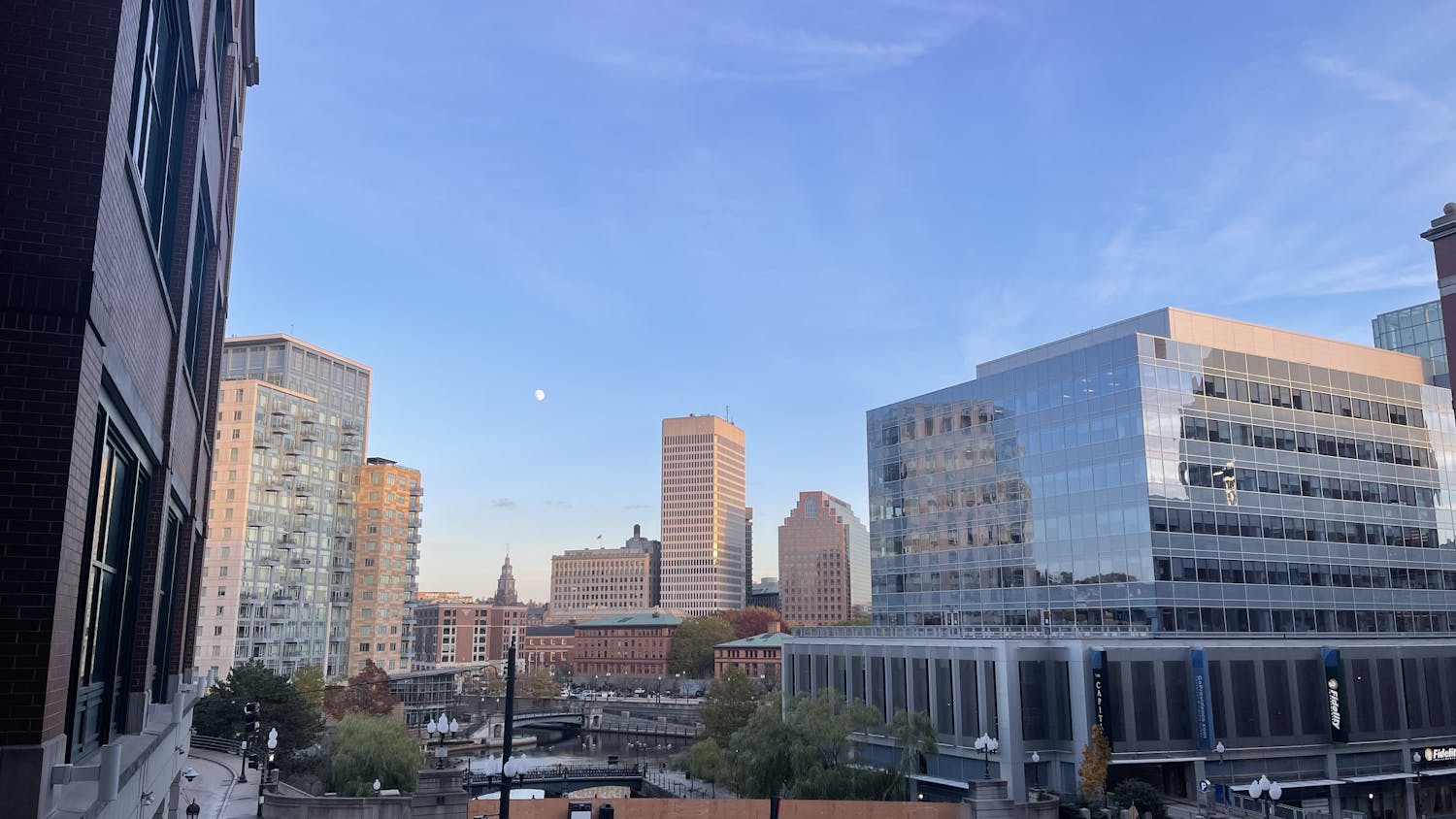One hundred years after the ratification of the Nineteenth Amendment, I, an American woman, cast my first vote. The National Woman’s Party triumphed in obtaining women’s suffrage in August 1920, after decades of determined advocacy and brave leadership fighting for political equality in America. Exactly one hundred and four years after the United States Senate enfranchised American women, I find myself standing in the center of the bustling Capitol Rotunda, dressed in a navy blue suit and clutching my brand-new intern badge.
Despite the swarming crowds of chatty tourists and laughing school children calling my attention all around me, I cannot break my eyes from George Washington’s immortalized gaze atop the magnificent, 180-foot fresco. “The Apotheosis of Washington” painted on the rotunda’s ceiling depicts Washington’s ascension into the heavens. He is surrounded by women — Roman goddesses who represent Liberty and Victory and the thirteen maidens of the original states. When my eyes circle downward, past the grand paintings of revolutionary scenes and ornate architectural details in sandstone, they focus again on the statues that border the circular room. Among select former presidents and Dr. Martin Luther King, Jr. are three women: Lucretia Mott, Elizabeth Cady Stanton and Susan B. Anthony. Behind them stands a fourth slab of rough-hewn marble.
The Portrait Monument was gifted to the U.S. Capitol in 1921 from “the women of the United States” by the National Woman’s party to commemorate the success of the women’s suffrage movement. Rumor has it sculptress Adelaide Johnson left a piece of the Portrait Monument unfinished with both a practical and a symbolic intention. Some say the marble will be sculpted into a bust of the first elected woman president of the United States. Others say it represents the unfinished work of the women’s movement. As I studied the faces of these three remarkable suffragettes, women I have read about in history classes since elementary school, I felt for the first time their eye-level gaze on me and our nation. This fall, I am working on Capitol Hill during the second presidential election with a female nominee in the running as a major-party candidate. According to the Portrait Monument waiting incomplete in the Capitol, this November may mark a historic step in the push for women’s equality. But standing face to face with the suffrage leaders of a century ago, I wonder what they would say about the status of women’s rights today.
As Americans, as voters, and as the next generation of policymakers, we must assess where American women stand in 2024. How much progress has been made in the past one hundred years to improve the lives of half of our nation? What are the measures of political equality in today’s America? What still needs to be done? When will we know when gender equality has been achieved?
In many ways, women’s issues have been politicized in Washington. From reproductive rights, to equal pay, to family structure, women have been the center of social policy debates that have divided voters. But beyond partisan disagreements, I believe that many of the fundamental goals of the women’s rights movement should remain bipartisan in modern America. For example, the fight to end violence against women is far from over. Gender parity is yet to be achieved in every level of government and the workforce. More opportunities for women to take on managerial and leadership roles are needed.
I have noticed that as political and social concerns grow in America, voter apathy grows as well. To reverse this trend and bring back momentum to the women’s movement, leaders should emphasize unity in gender equality activism. When women activists reach across party lines, they exemplify political leadership. Seeing women in leadership positions motivates women to participate in their political future. However, the women’s movement of today is not composed of only women, as it is not the total responsibility of women to fight for their own rights. So, I believe that the most effective way of bringing attention to the challenges of American women is to not only call for bipartisan support, but to call for all-gender support.
The Portrait Monument has reminded me of the original motivations of the suffrage movement. The suffragettes understood that with the right to vote, American women had the power to decide their future. Today, we live in the enfranchised democracy they fought for. So, I think that if Mott, Stanton and Anthony could respond to my questions, fears and hopes, they would say with conviction, “Vote!”
Meher Sandhu ’25 can be reached at meher_sandhu@brown.edu. Please send responses to this column to letters@browndailyherald.com and op-eds to opinions@browndailyherald.com.




